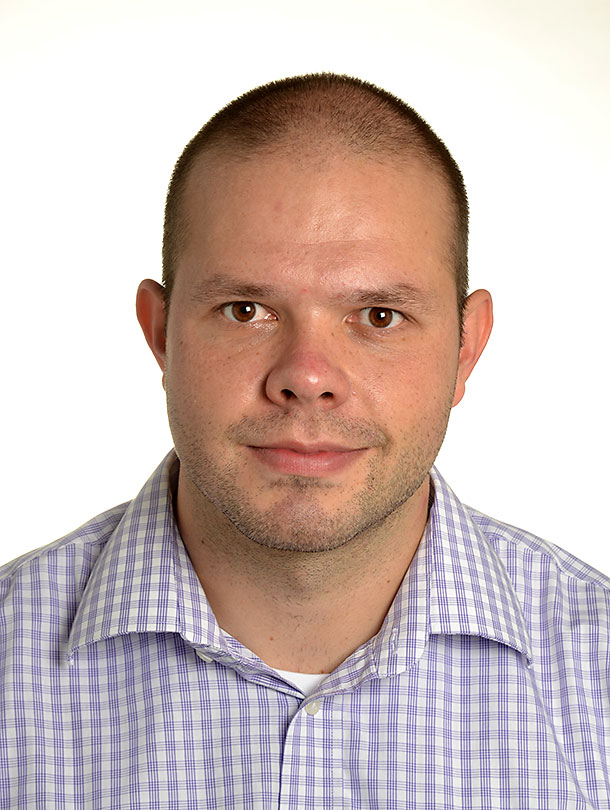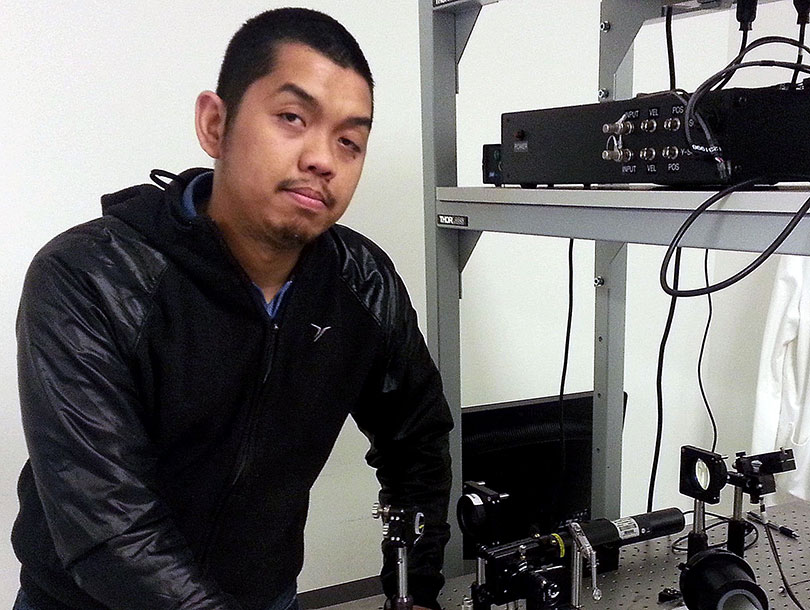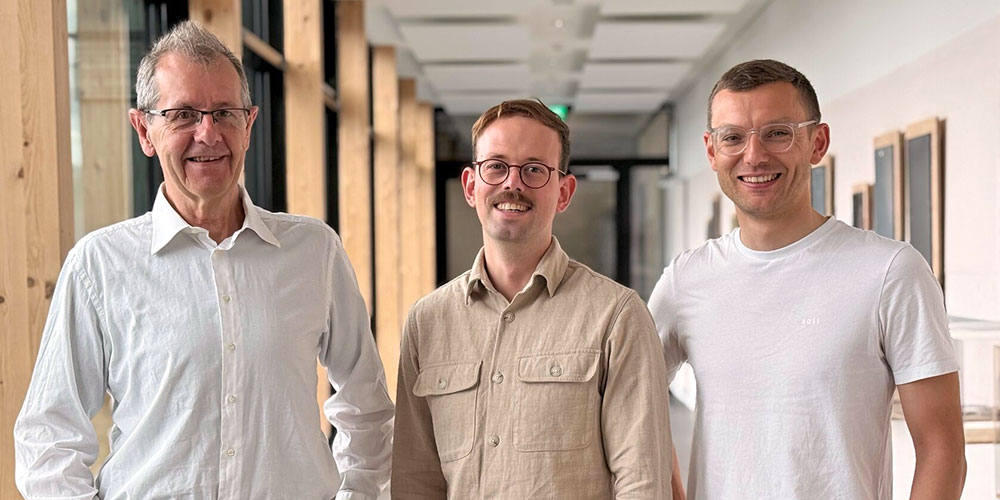Cutting Bone Minimally Invasive With Laser: two new Assistant Professorships for Project MIRACLE
The Rectorate has appointed Prof. Georg Rauter and Prof. Azhar Zam new assistant professors at the Faculty of Medicine. They will strengthen the team of project MIRACLE at the Department of Biomedical Engineering in Allschwil. The project is being funded by the Werner Siemens Foundation with 15.2 million Swiss Francs over the course of five years. The principal aim is to develop a robot-assisted laser that can cut bones very precisely and without any direct contact.
18 April 2016
At the core of the project is the minimally invasive surgery using laser technology and robotics. Located at the intersection of the natural sciences, engineering sciences and medicine, this new technology will, for example, will allow the execution of geometrically complex cuts on moving objects with very high precision.
At the same time, the researchers hope to develop novel navigation technology in order to control the robot-assisted laser system during surgery. Finally, they also want to assess and apply the technology's potential for customized endogenous implants.
The project's goal is to develop an integrated system that will broaden the scope of surgical procedures and will be suitable for elderly patients with reduced overall health due to its minimally invasive technology.
Two endowed assistant professorships
The Werner Siemens Foundation, based in the Canton Zug, supports project MIRACLE (short for minimally invasive robot-assisted computer-guided laserosteotome) over the course of five years with overall 15.2 million Swiss Francs. This includes the financing of two temporary 5-year assistant professorships at the Faculty of Medicine that have now been filled.
Starting May 1, 2016, Prof. Georg Rauter will take up his position as assistant professor for medical robotics and mechatronics. Born in 1980, he studied mechatronics in mechanical engineering at the Graz University of Technology (Austria) as well as mathematical and mechanical modeling at the engineering school MATMECA in Bordeaux (France).
In 2013, he obtained his doctorate at ETH Zurich. Since then, he has been conducting research as a postdoc at the Institute for Robotics and Intelligent Systems of the ETH Zurich as well as at the Spinal Cord Injury Center of the University Hospital Balgrist. His research focuses on the development of robots used in human motor learning and rehabilitation, mathematical and mechanical modeling as well as on medical technology.
Prof. Azhar Zam, new assistant professor for medical laser physics and optics, is currently working as a postdoctoral fellow at Ryerson University in Toronto (Canada). Born in 1981, he completed a Bachelor's degree in medical physics at the University of Indonesia and continued his studies in Germany at the Lübeck University of Applied Sciences and the University of Lübeck, as well as at the Friedrich-Alexander University of Erlangen-Nürnberg, where he finished his PhD in advanced optical technologies in 2011.
In the course of several research visits, he stayed at the University of Waterloo (Canada), the National University of Ireland, Galway and the University of California, Davis (USA). In his research, Azhar Zam focuses in particular on optical coherence tomography, laser-tissue interaction, feedback system and monitoring for laser surgery and therapy, and photo acoustic spectroscopy/imaging. He will take up his assistant professorship on July 1, 2016.
Both assistant professors will be conducting their research work at the Department of Biomedical Engineering of the University of Basel in Allschwil, where the department is part of the Switzerland Innovation Park Basel Area. There, they will reinforce the team of project MIRACLE and further advance the use of technology in hospitals..
Further Information
Prof. Dr. Philippe C. Cattin, University of Basel, Department of Biomedical Engineering, Tel. +41 61 207 54 00, email: philippe.cattin@unibas.ch




